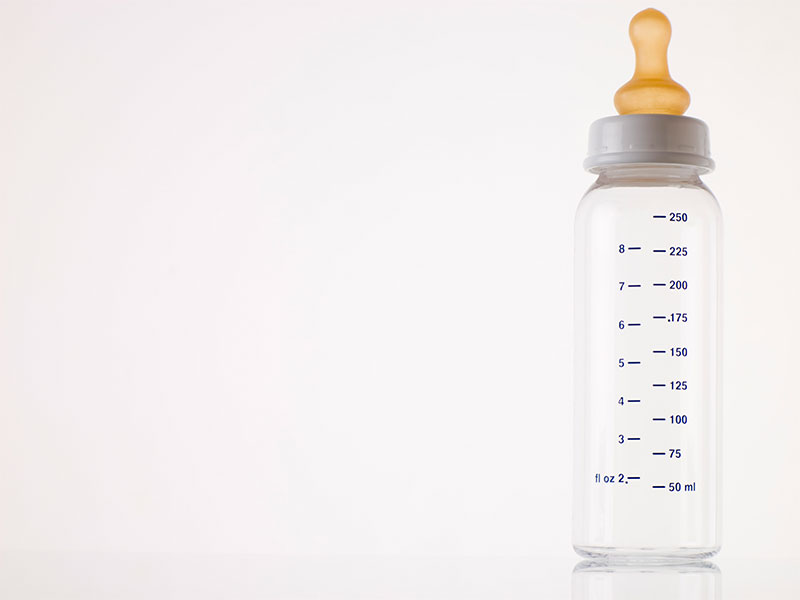Two years ago, the American Academy of Pediatrics released a statement saying that all preterm infants should receive breast milk, whether it was a mother’s own milk or donor milk.
The neonatal intensive care unit, or NICU, at Children’s Hospital of The King’s Daughters in Norfolk, Virginia, took that to heart, starting a program a few months later. The hospital began bringing in donor milk from milk banks, paying $5 an ounce.
“We took that [statement] as a gold standard,” says Ashlynn Baker, who at the time was a NICU nurse. “It was something that we believed in. We know how valuable this is to the babies.”
This year, CHKD took the program one step further, opening its own milk bank, which allows women to donate their own breast milk. The milk bank— funded through a grant from The King’s Daughters, the charitable arm of the hospital—is the first in Virginia and one of only 18 in North America.
Only a handful of NICUs in Virginia are using donor milk, although many are working on starting programs, Baker says. CHKD’s 70-bed NICU is a Level IV unit, meaning it provides the highest level of neonatal care available, treating the sickest babies in Hampton Roads. It uses 400 to 700 ounces of donor milk a week. Since The King’s Daughters Milk Bank opened in June, more than 100 women have donated nearly 20,000 ounces of milk, all of which is used to treat preterm babies at the Norfolk children’s hospital. The bank is receiving so much milk that it hopes to provide some to other hospitals in the near future, says Baker, who is now the milk bank’s manager.
Right now in the NICU, breast milk is used to feed very low-weight babies, those born at less than 32 weeks gestation or under 3 pounds—those considered most medically at-risk.
“We value it as a medication,” Baker says. “Human milk is that important.”
Among breast milk’s benefits, it provides human growth hormone, supplies fats and proteins, and prevents necrotizing enterocolitis, a serious intestinal disease that can affect preemies.
At the milk bank—located in the Medical Tower building across from Sentara Norfolk General Hospital—the milk is treated very carefully, starting with the strict screening of donors to find out lifestyle and medical history, much like Red Cross screenings before donating blood.
To donate, the milk bank ensures that both mother and child are healthy through blood tests to screen for diseases such as HIV, Hepatitis B and C, and syphilis. Only then is the mother cleared to donate and provided with bags in which breast milk can be frozen.
Once the milk arrives at the milk bank, it’s thawed, homogenized, sealed in BPA-free bottles and pasteurized—sterilized to kill any potential bacteria or viruses. After pasteurization (which allows the milk to retain 75 percent of anti-infective properties), the milk is again tested to be sure no bacteria is present.
So far, the response from the community has been wonderful, Baker says. Some donors are first-time mothers; some are grieving mothers who lost their babies and want to donate their breast milk as a legacy to their child.
Stephanie Matson of Norfolk is a second-time mom who realized she was producing so much milk, she wanted to help others. She made her first donation in June, and has since donated about 2,900 ounces.
“I know how important breast feeding is, and I hate that not everybody gets the opportunity to breast feed,” says Matson, 26, who has two sons, ages 9 months and 2. “This is my way of giving back.”
Matson, who is in the Navy and a full-time student, will be soon be getting stationed in Jacksonville, Florida, but plans to keep on donating to CHKD. For women outside Hampton Roads who want to donate, the milk bank provides them with a cooler and supplies and pays for shipping, Baker says.



